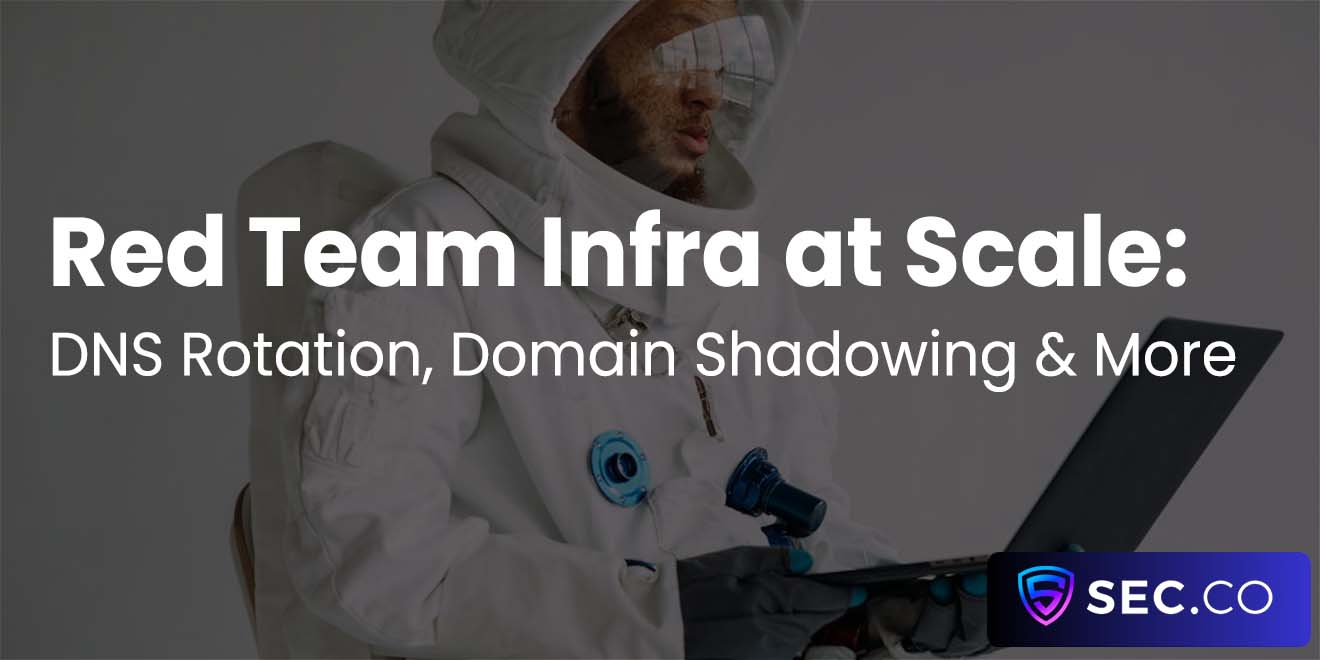Model Inversion Attacks: What You’re Unintentionally Exposing
The term “model inversion” doesn’t always ring alarm bells, yet it should be on every cybersecurity checklist. In an age where businesses race to deploy machine-learning models and brag about “data-driven insights,” attackers have found a way to turn those very models into crystal balls that reveal private details about the data used to train them.
It’s a bit like printing a secret diary in invisible ink, only to discover the ink glows under the wrong light. The danger isn’t theoretical, and it certainly isn’t limited to tech giants. From healthcare start-ups and retail loyalty programs to small research labs, anyone running or sharing a predictive model could be leaking sensitive information without realizing it.
What Is a Model Inversion Attack, Anyway?
In a model inversion attack, a threat actor queries a trained machine-learning model, often a public API or a shared model file, and, piece by piece, re-creates characteristics of the data the model learned from. Instead of hacking your database directly, attackers coax the model to “remember” details.
If your model predicts age from medical images, an attacker could reconstruct a rough picture of a patient’s face from the gradients or outputs. If you run a recommender system, they might infer individual purchasing habits.
Why does that happen? Because most machine-learning models store patterns in their weights as a form of compressed memory. When prompted cleverly (or repeatedly), they leak fragments of that memory, fragments that can be stitched together into surprisingly accurate representations.
The Stakes: Why Model Inversion Hurts More Than You Think
Privacy Isn’t Abstract
When personal health data, biometric identifiers, or financial behavior resurfaces in an adversary’s hands, it’s not just a PR nightmare. It becomes a regulatory landmine. HIPAA, GDPR, CCPA, the alphabet soup of privacy laws, can impose steep fines and mandatory disclosure. More importantly, your users feel betrayed. Trust, once lost, seldom returns at the click of a “reset password” email.
Who’s an Attractive Target?
Healthcare providers training diagnostic models on X-rays or genetic data
Retailers deploying recommendation engines that reveal individual customer trends
Financial institutions predicting creditworthiness from granular spending histories
Academic researchers sharing state-of-the-art models trained on volunteer datasets
Attackers gravitate toward sectors where the upside, identity theft, blackmail material, corporate espionage, is highest.
How Attackers Pull It Off
A High-Level Walkthrough
Step one is access. The adversary either signs up for your public API or downloads the model you proudly open-sourced. Step two is experimentation. They feed inputs, sometimes random noise, sometimes carefully crafted vectors, and record outputs, gradients, or confidence scores. Over thousands of probes, statistical correlations start to appear.
Step three is reconstruction. Using optimization algorithms, they reverse-engineer data samples that would trigger similar internal activations. In plain English: they brute-force the model into confessing what it knows.
A chilling example came from a university lab that reconstructed photorealistic faces by probing a face-recognition model with synthetic vectors. The recovered images matched real people in the training set with eyebrow-raising fidelity.
Tools of the Trade
Gradient querying libraries that exploit white-box access to model weights
Adversarial example toolkits capable of generating elaborate input probes
Open-source inversion scripts originally published for “research purposes”
Cloud GPUs that reduce reconstruction time from days to hours
Combine these with publicly available data fragments, social-media photos, breach dumps, and the attacker’s job becomes even easier.
Defending Your Corner
Protective Measures for Data Teams
Differential Privacy: Inject mathematically calibrated noise during training so any single record’s influence becomes statistically negligible.
Regularization and Dropout: Techniques like weight decay or dropout layers not only fight overfitting but also curb the model’s tendency to memorize.
Output Sanitization: Limit confidence scores or return only top-k categories instead of full probability vectors. The less granular the output, the less an adversary can mine.
Layer Freezing and Fine-Tuning: When reusing pre-trained models, freeze sensitive layers and fine-tune on sanitized data rather than dumping raw proprietary features into the mix.
Red-Team Simulations: Periodically attempt your own inversion attacks. If you can’t break it, you at least know where the current bar stands.
Steps Business Leaders Should Take
Inventory Your Models: You can’t protect what you don’t know exists. Keep an updated registry of every ML model in production, its data sources, and its exposure points.
Tie Compliance to Deployment: No model should go live without a privacy-impact assessment. Make that a board-level mandate, just like SOC 2 or ISO 27001 audits.
Insist on Audit Trails: Logging every query to your public APIs not only deters attackers worried about attribution but also helps you spot abnormal probing patterns.
Budget for Continuous Education: Data scientists should be as fluent in privacy engineering as they are in hyper-parameter tuning. Workshops and certifications go a long way.
Align Incident Response: If inversion is detected, your response plan should mirror any other data breach, customer notification, regulator engagement, and corrective controls.
Best Practices for Everyday Users
Even if you’re not a data scientist or CIO, you interact with machine-learning services daily, voice assistants, photo apps, smart wearables. Here’s how to stay safer:
Be Skeptical of Unvetted Apps: That free “age-guessing” filter could be training a facial-recognition model on your image. Ask yourself how the company makes money.
Read Permissions, Not Just Privacy Policies: If a flashlight app wants microphone access, there’s likely an ML angle collecting more data than advertised.
Exercise Data Subject Rights: In many jurisdictions, you can request deletion of your data or an explanation of automated decisions. Use those rights.
Favor Services with Transparency Badges: Look for vendors who commit to differential privacy or publish independent audits. It’s not foolproof, but it beats silence.
Treat Your Models Like Your Data
Model inversion attacks shatter the comfortable illusion that “sharing a model is safer than sharing raw data.” The line between the two is thinner than most teams realize. In the same way you wouldn’t leave a customer database on an unpatched server, you shouldn’t expose a model trained on that database without hardening it first.
Cybersecurity & Cyberdefense strategies must evolve beyond firewalls and endpoint scanners to encompass machine-learning assets as first-class citizens deserving of encryption, monitoring, and rigorous privacy controls. Because, at the end of the day, the model is the message, and, if you’re not careful, that message might be whispering your secrets to whoever knows how to listen.
Trusted by the Web Community
See what we written lately
Request an invite
Get a front row seat to the newest in identity and access.
















